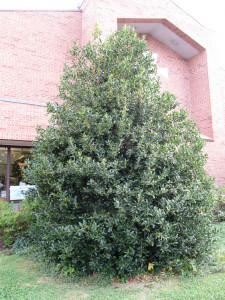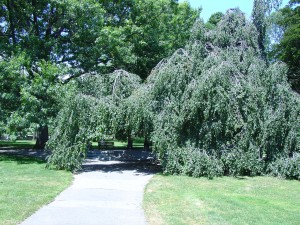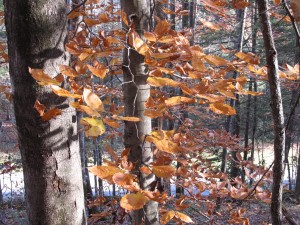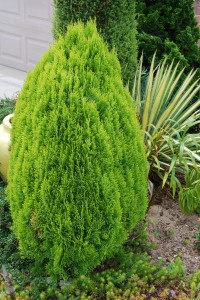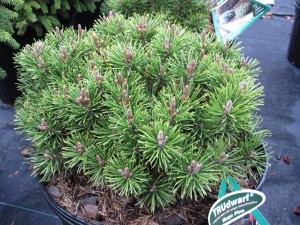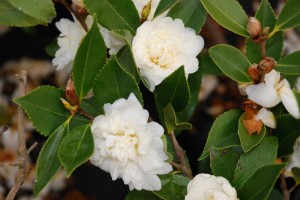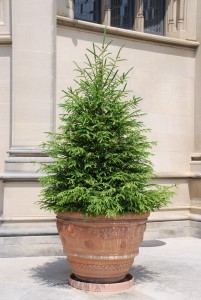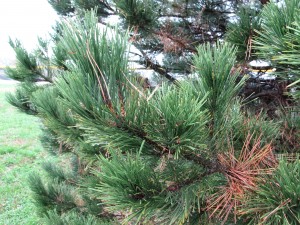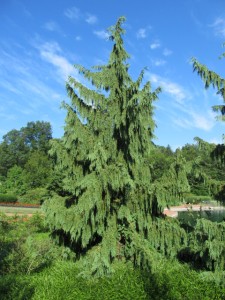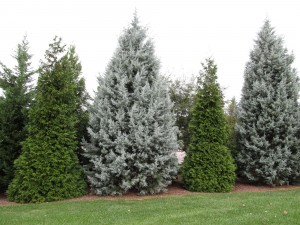
Conifers in “Trees for Tomorrow” Bed at ETSU Arboretum in Johnson City, TN
The American Conifer Society (ACS) supports public conifer gardens around the U.S. Reference Gardens offer plant professionals and home gardeners an opportunity to evaluate conifers growing in a landscape or garden setting within their geographic region. You can compare the unique foliage colors, shapes, and growth habits which conifers offer. You can select conifer(s) which work as privacy screenings, medium shrubs, or low ground covers.
Here is the current listing of 12 public conifer gardens in the U.S. Southeastern Region published by ACS:
State Botanical Garden – Athens, GA
The State Botanical Garden of Georgia is a public educational facility, encompassing more than 300 acres, and operated under the auspices of the University of Georgia. Several hundred conifers are planted in the gardens.
Atlanta Botanical Garden – Atlanta, GA
The Rare and Unusual Southern Conifer Garden at the Atlanta Botanical Garden was originally planted in 1994 located immediately in front of the conservatory. Two additional beds were added in 1998.
University of Tennessee Gardens – Knoxville, TN
Since 2005, the UT Gardens conifer collection has grown to over 365 specimens, representing 19 genera.
East Tennessee State University Arboretum – Johnson City, TN
The ETSU Arboretum was established in 2001 and its conifer collection currently includes approximately 130 species and cultivars in 25 genera.
South Carolina Botanical Garden – Clemson, SC
The conifer collection is primarily located in the Schoenike Arboretum and includes over 81 species within 20 genera.
University of Tennessee – Jackson, TN
The University of Tennessee West Tennessee Research and Education Center in Jackson The UT Gardens in Jackson began in 1989. The conifer collection, began in 2006, holds over one hundred specimens.
State Arboretum of Virginia – Boyce, VA
The conifer collection contains 1,635 specimens in 243 taxa. The largest single plant collection within the gymnosperms is the ginkgo with 324 specimens.
JC Raulston Arboretum – Raleigh, NC
The JC Raulston Arboretum was started in 1976 and the conifer collection has expanded to include 870 conifers comprised of 499 different taxa in 38 different genera.
Smith-Gilbert Gardens – Kennesaw, GA
Smith-Gilbert Gardens is approximately 25 miles from downtown Atlanta. The gardens contain over 230 conifers representing 26 genera.
Al Gardner Memorial Conifer Garden – Goochland, VA
This new garden, on the campus of J. Sargeant Reynolds Community College, Western Campus (between Richmond and Charlottesville), has 37 conifer specimens representing 11 different genera.
Lewis Ginter Botanical Garden – Richmond, VA
Visitors can encounter an attractive blend of diverse and fascinating dwarf and full sized conifers.
Lockerly Arboretum – Milledgeville, GA
Lockerly Arboretum was founded in 1966 and their extensive conifer collection in the Pinetum area recently added over fifty new varieties.
————————————————————————————————–Additional U.S. Conifer Reference Gardens are found in the Northeast, Central and West Regions. Check out the American Conifer website: www.conifersociety.org.
Visit an ACS Reference Garden near you.

